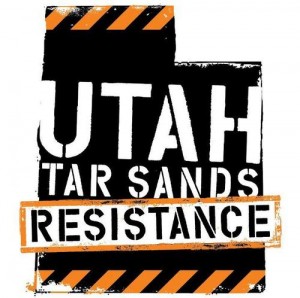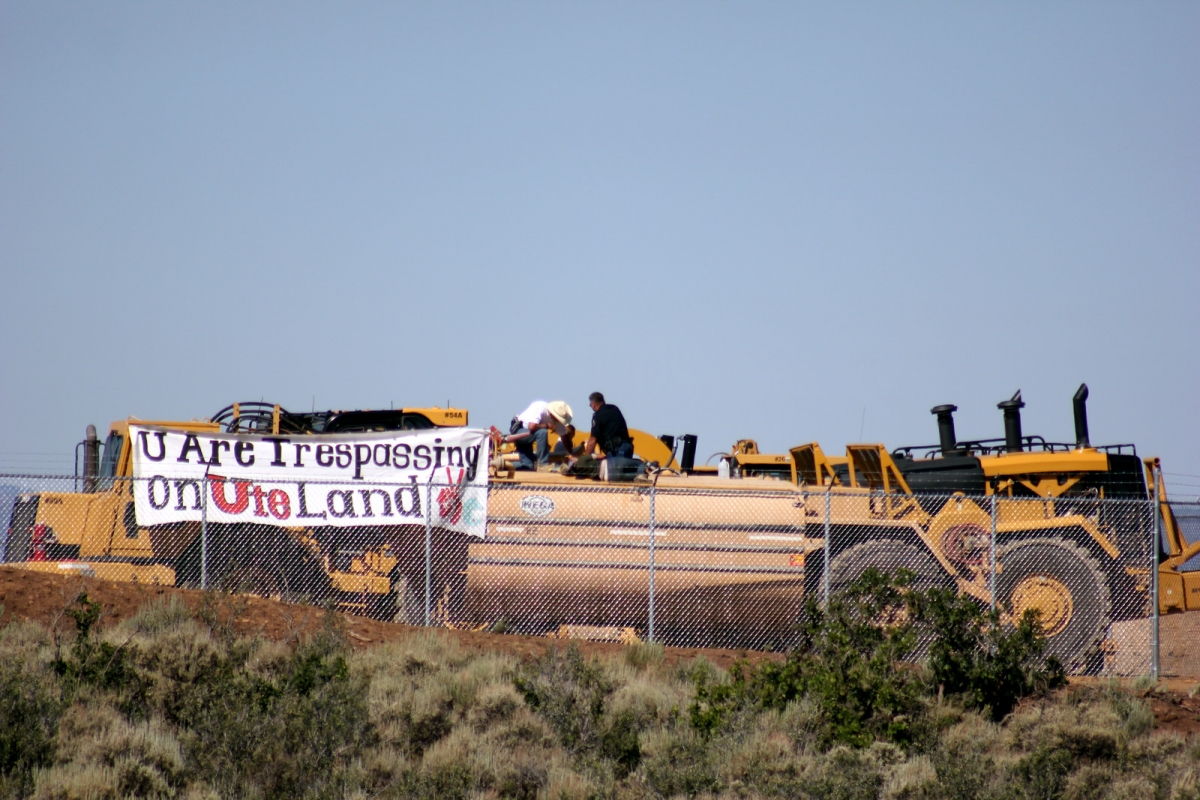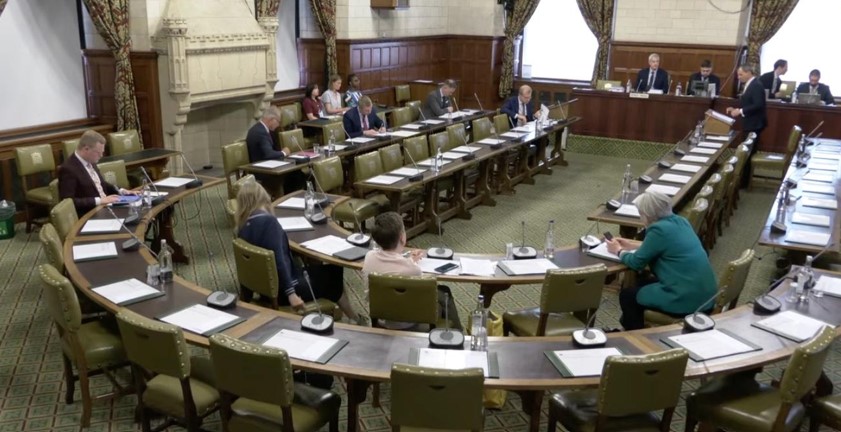For the past five months, activists from the Utah Tar Sands Resistance have camped out on the sage-swept, high plateau lands known as PR Springs in eastern Utah. From the site—where the first tar sands mine in the United States is planned, and preliminary clearing work is already underway—you can’t miss the majestic Book Cliffs that tumble from the East Tavaputs Plateau and the canyons full of tall conifers.
Book Cliffs is an area cherished by sportsmen and sportswomen—the public lands a place where Rocky Mountain Elk roam free, a place beloved by hunters and anglers and campers and backpackers.
Book Cliffs is also an area presently threatened by oil, gas, and tar sands development. Activists with Peaceful Uprising and the Utah Tar Sands Resistance are working to stop the tar sands projects in their tracks.
Since May, a group of protesters have sat in a permanent vigil of peaceful resistance at the site of the US Oil Sands project at PR Springs. The camp has at times swelled to as many as 80 activists.
The ongoing vigil has been punctuated with a handful of non-violent, direct action protests. Over the past few months, a total of 27 activists have been arrested for acts of civil disobedience during three such actions. The activists have effectively shut down work at the site on multiple occasions.
On June 17th, US Oil Sands’ work was temporarily suspended, when members of a group called Women of Action Against Violent Extraction joined the Peaceful Uprising and Utah Tar Sands Resistance activists at the PR Springs vigil, and swarmed a bulldozer, halting work.
A letter from the EPA to US Oil Sands made public in July revealed that the proposed tar sands development at PR Springs was actually on official American Indian land, straddling the border between the Uintah and Ouray Reservations of the Ute Tribe.
Groups mobilized a mass action camp on July 21st, which effectively shut down work at PR Springs for an entire week.
In all, 21 were arrested during the protests, and the legal ramifications of the EPA letter are still pending.
Jessica Lee, who volunteers with the Utah Tar Sands Resistance, told DeSmogBlog that her group is continuously monitoring construction work at the PR Springs site, which some believe is now illegal based on the EPA‘s letter.
Two other groups, Living Rivers and the Western Resource Advocates, are also working through the courts to put a stop to the mining, an effor that was given a boost by the EPA letter.
On September 23rd, five more non-violent protesters—dressed as chipmunks, which are threatened by the development—were arrested during an action at PR Springs.
According to Lee, the vigil will continue as long as work continues at the site, and future actions will be encouraged and planned according to the situation on the ground.
“Part of the reason we are here is to monitor what’s going on, to see the work underway and what the construction crew is doing.”
Lee says that because of winter conditions, they expect that work will likely halt within a month.
“The campaign will continue through the winter in some form,” said Lee, explaining that the group will be based in Salt Lake City and will continue to raise awareness and support the legal battles. “If work resumes in spring, we will be back,” said Lee.
Besides US Oil Sands, two other companies are working to develop their own tar sands projects in the area. MCW bought an existing asphalt mine at the Asphalt Ridge in Vernal, Utah, and is retrofitting it to extract tar sands. The company has recently embarked on the second phase of development, and is building a tar sands processing plant.
Nearby, American Sands is developing a tar sands mine in the Sunnyside area, roughly 60 miles west and across the Green River from PR Springs in Carbon County.
While work stops for winter at the mining sites, campaigners will focus some of their attention on five oil refineries in the Salt Lake City Valley. Chevron, which operates one of Salt Lake City’s refineries, has gone on record saying that they won’t refine American tar sands at that refinery.
According to Lee, if the refineries aren’t willing or equipped to process tar sands crude, it will present another significant hurdle for the extractors.
Infrastructure to ship tar sands crude to the West Coast or Gulf Coast—where the bulk of refineries that handle tar sands crude are located—is limited. Without a nearby destination for the tar sands crude, the local activists hope, an investment in Eastern Utah tar sands becomes financially undesireable.
If any of the local refeneries do sign a contract to accept tar sands from Utah, or if the govertment approves a new rail line or pipeline from the Uintah to Salt Lake City area, Lee says that the Utah Tar Sands Resistance will be there ready to engage in direct action.
With each action—halting clearing and mining operations, taking legal actions, reducing sales opportunities at refineries—the Utah activists are slowing down extraction and making it more expensive for companies to dig tar sands out of Eastern Utah. This is the people-powered carbon tax at work.
Subscribe to our newsletter
Stay up to date with DeSmog news and alerts








